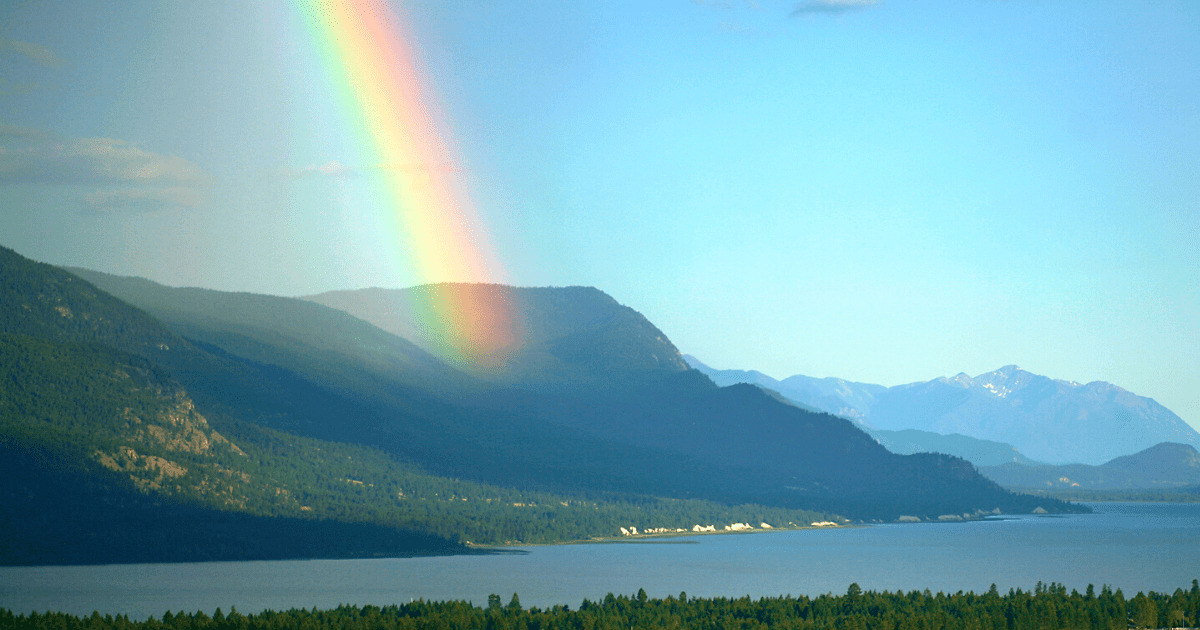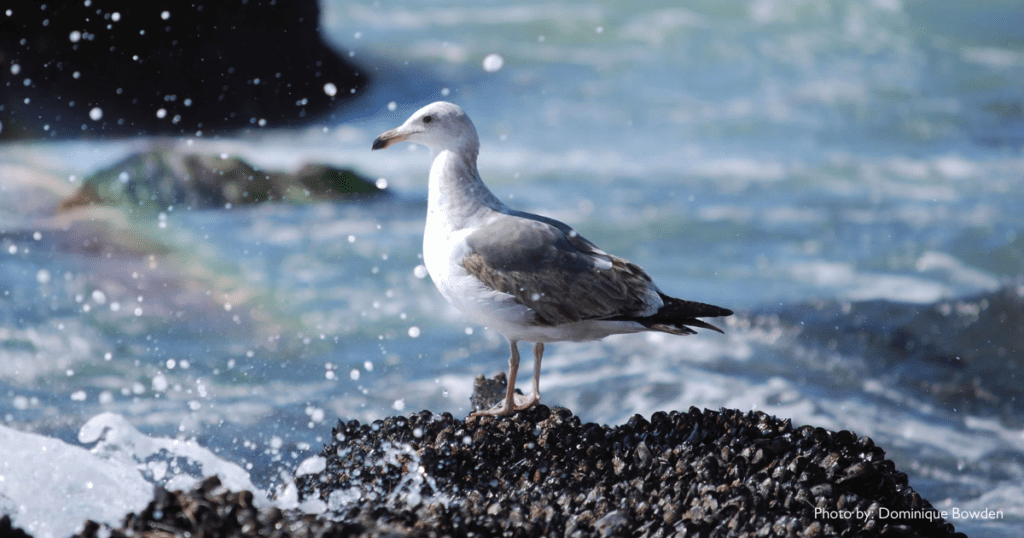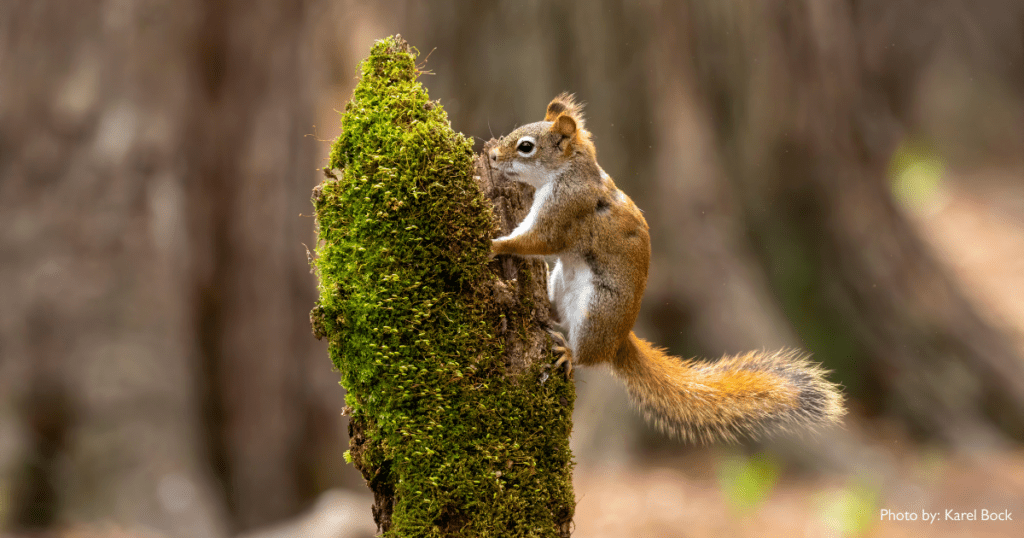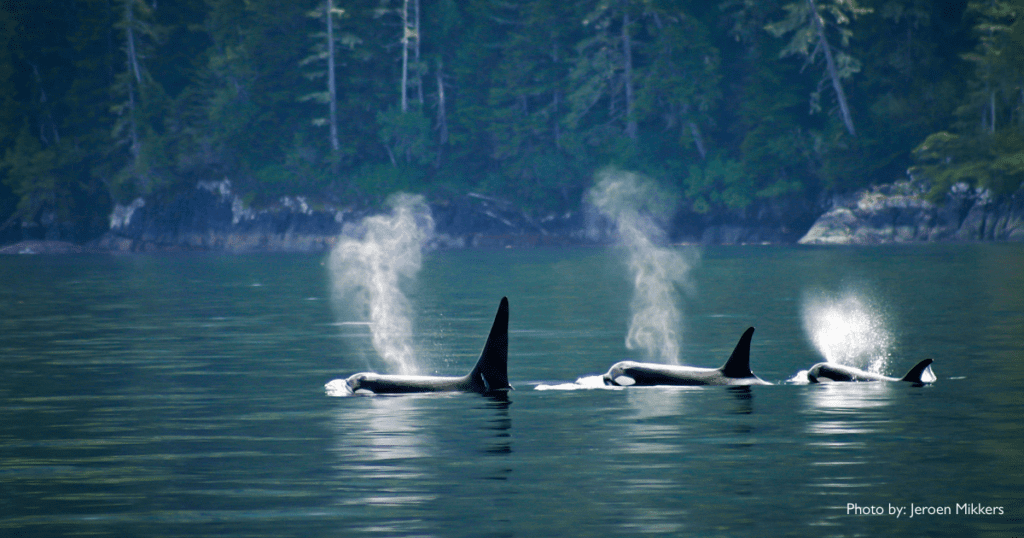
Sexuality and nature are intertwined – sexual diversity reaches far beyond just humans, with evidence of a wide range of sexual behaviour throughout the animal kingdom. However, throughout modern history stories and evidence of the spectrum of sexual diversity in the natural world have been suppressed as anomalies, often in the name of ‘science’. Citing the so-called ‘fact’ that wildlife only demonstrated heterosexual behaviour, society weaponized scientific understanding at the time against the 2SLGBTQAI+ (Two-Spirit, Lesbian, Gay, Bisexual, Trans, Queer, Asexual, Intersex) community. But, in 1972, a landmark study on female-female gull pairings shook up the argument that queerness is ‘unnatural’.
While conducting research on Western Gulls off the coast of Santa Barbara, oceanographers Molly Warner-Hunt and George Hunt observed clutches with more eggs than what was possible for a single female gull to produce. What was discovered was that these “supernormal” clutches were in fact being incubated by two female gulls, and the homosexual pair engaged in the same courtship and territorial behaviours as their heterosexual counterparts. Published only three years after the Stonewall Riots, the tale of these female-paired gulls revealed that the natural world was far more diverse than what had been assumed.

Western gulls are far from the only example of homosexual behaviour in nature – it has been reported that at least 1,500 species, wild and captive, have been observed engaging in same-sex behaviour. 5-6% of male Black Swans form monogamous, long-term homosexual pairs, with male-male swans sometimes adopting cygnets to raise. Red squirrels, native to British Columbia, often participate in same-sex behaviour outside of the breeding season. Sometimes, two female squirrels will form a bond that includes sexual and affectionate activities, and even joint parenting. Interested readers can find an extensive documentation of same-sex animal behaviour across species in Canadian biologist and researcher Bruce Bagemihl’s Biological Exuberance: Animal Homosexuality and Natural Diversity.

In the waters of the Salish Sea, cetaceans have notably participated in same-sex behaviour. During the summer and fall, when resident pods come together to enjoy a fishy feast during the salmon runs, male Orcas will leave their matrilineal pods and join male-only groups, where they spend their time in courting and displaying both affectionate and sexual behaviours. Some male Orcas have favourite partners that they return to year after year. Bagemihl notes that up to half of male orcas participate in homosexual interactions seasonally.
Despite the rich diversity of sexual behaviour seen among wildlife, same-sex behaviour in nature has had a history of being overlooked, dismissed, or outright repressed. In the case of the Western gulls, some critics considered the idea so blasphemous, that they petitioned the U.S. government to put an end to the research project all together. Aside from individuals placing moralistic standards onto the natural world, same-sex behaviour is often considered an “evolutionary paradox”, existing outside survival or reproductive success.

In recent years, researchers have been working to shift the way that we think about same-sex behaviour in animals. Some ecologists and biologists hypothesize that same-sex behaviour is not an anomaly – rather, they argue for an ancestral origin of both same-sex and different-sex behaviour. Moreover, these scientists argue that the view of sexuality in nature, and the questions scientists have historically explored about the topic, is far more informed by cultural norms and assumptions than we may realize.
By adopting a more inclusive lens to view the natural world, we can gain a greater understanding of the vast diversity nature presents. The Nature Trust of BC is proud to support the 2SLGBTQAI+ community and to celebrate the diversity of the conservation community and beyond. By recognizing and celebrating the great diversity of nature, we can all gain a better understanding of human selves, and our place as part of the natural world.
 Written by Dominique Bowden, Digital Engagement Coordinator
Written by Dominique Bowden, Digital Engagement Coordinator
